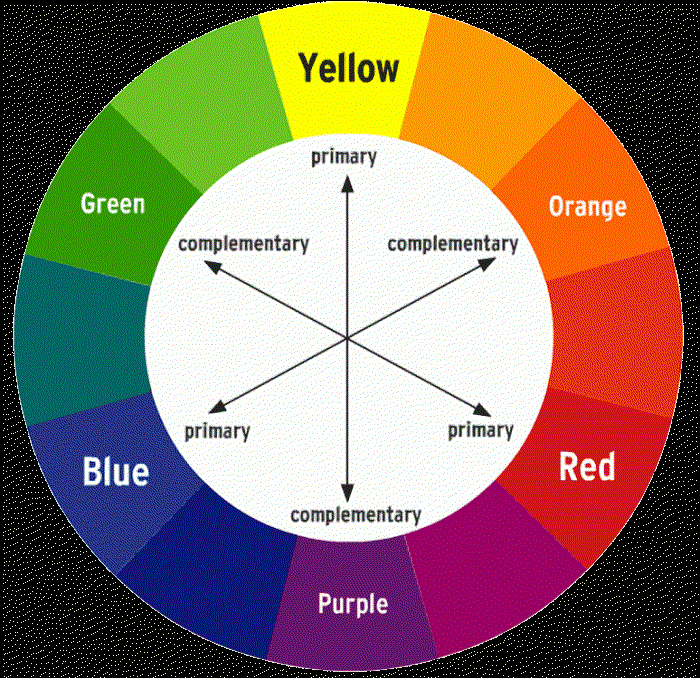Color spaces play a critical role in digital imaging and video production, allowing consistent color representation across various devices. This blog post aims to shed light on three significant color spaces used in the film and broadcasting industry: Rec. 709, Rec. 2020, and Rec. 2100. We’ll examine what each color space represents and how they differ from each other.

Rec. 709
Introduced by the International Telecommunication Union (ITU) in 1990, Recommendation BT.709, often referred to as Rec. 709, is a color space standard for high-definition television (HDTV). It defined parameters for luminance, colorimetry, frame rate, and audio for digital broadcasting systems, among other things.
Rec. 709 is widely used in television production and has a relatively limited color gamut. It covers approximately 35.9% of the colors perceivable by the human eye (according to the CIE 1931 color space). Despite its limitations, it’s prevalent due to its compatibility with existing HDTV technologies.
Rec. 2020
As 4K and Ultra HD technologies emerged, a broader color space was necessary to take full advantage of their potential. Enter Rec. 2020 (or BT.2020), introduced by ITU in 2012. Rec. 2020 significantly expands the color gamut compared to Rec. 709, covering about 75.8% of the CIE 1931 color space.
The expanded color gamut of Rec. 2020 allows the representation of colors that can’t be achieved with Rec. 709, resulting in richer and more vibrant images. However, its adoption has been relatively slow because of the demanding hardware requirements to display the full range of Rec. 2020 colors.
Rec. 2100
Continuing the evolution of color spaces, ITU introduced Recommendation BT.2100 (Rec. 2100) in 2016. This standard was designed for High Dynamic Range (HDR) television, building upon the expanded color gamut of Rec. 2020 and introducing enhanced dynamic range characteristics.
HDR technology allows a broader range of luminance levels, resulting in images that can display more brilliant highlights and deeper shadows, mimicking the vast dynamic range of the human eye more closely. Rec. 2100 defines two HDR methods: Perceptual Quantizer (PQ) and Hybrid Log-Gamma (HLG), providing options for different broadcasting and production needs.
Rec. 709 vs. Rec. 2020 vs. Rec. 2100
The most significant differences among these color spaces lie in their color gamuts and dynamic range. Rec. 709, while limited in gamut, is compatible with almost all existing HDTV technologies. Rec. 2020 offers a much broader color gamut, ideal for 4K and Ultra HD content. Finally, Rec. 2100 expands upon Rec. 2020’s gamut by introducing HDR capabilities, resulting in more realistic and vibrant images.
It’s important to note that while content can be produced in these expanded color spaces, they can only be fully appreciated on devices capable of displaying these broad gamuts and dynamic ranges. This is why some content is still produced in Rec. 709, as not all consumers have devices compatible with Rec. 2020 or Rec. 2100.
Conclusion
Understanding color spaces is crucial in the digital imaging and broadcasting world. While Rec. 709 has been the standard for many years, newer technologies like Rec. 2020 and Rec. 2100 are pushing the boundaries, providing more vibrant and lifelike images. As technology continues to advance, it’s exciting to imagine what future color spaces may bring to our screens.
